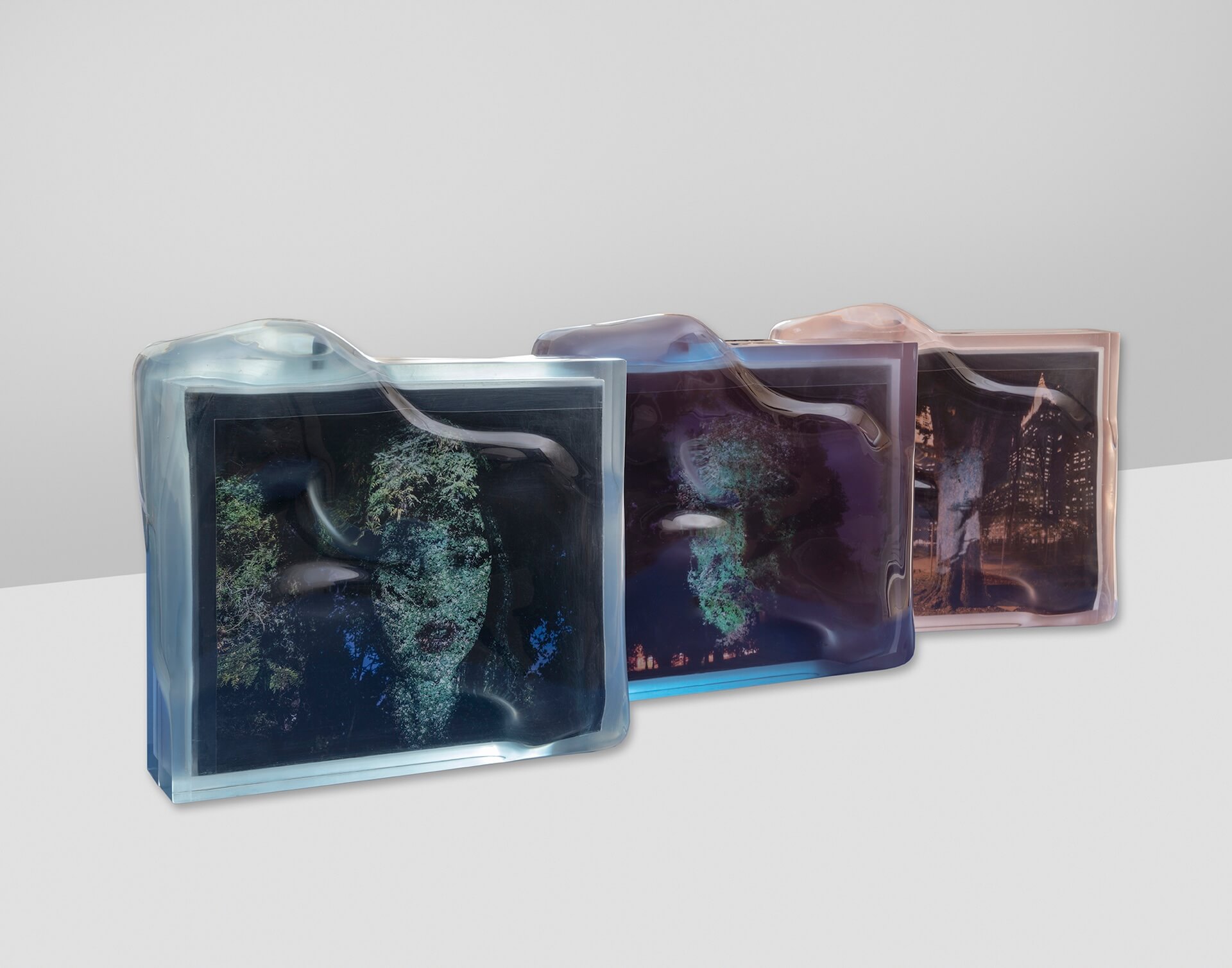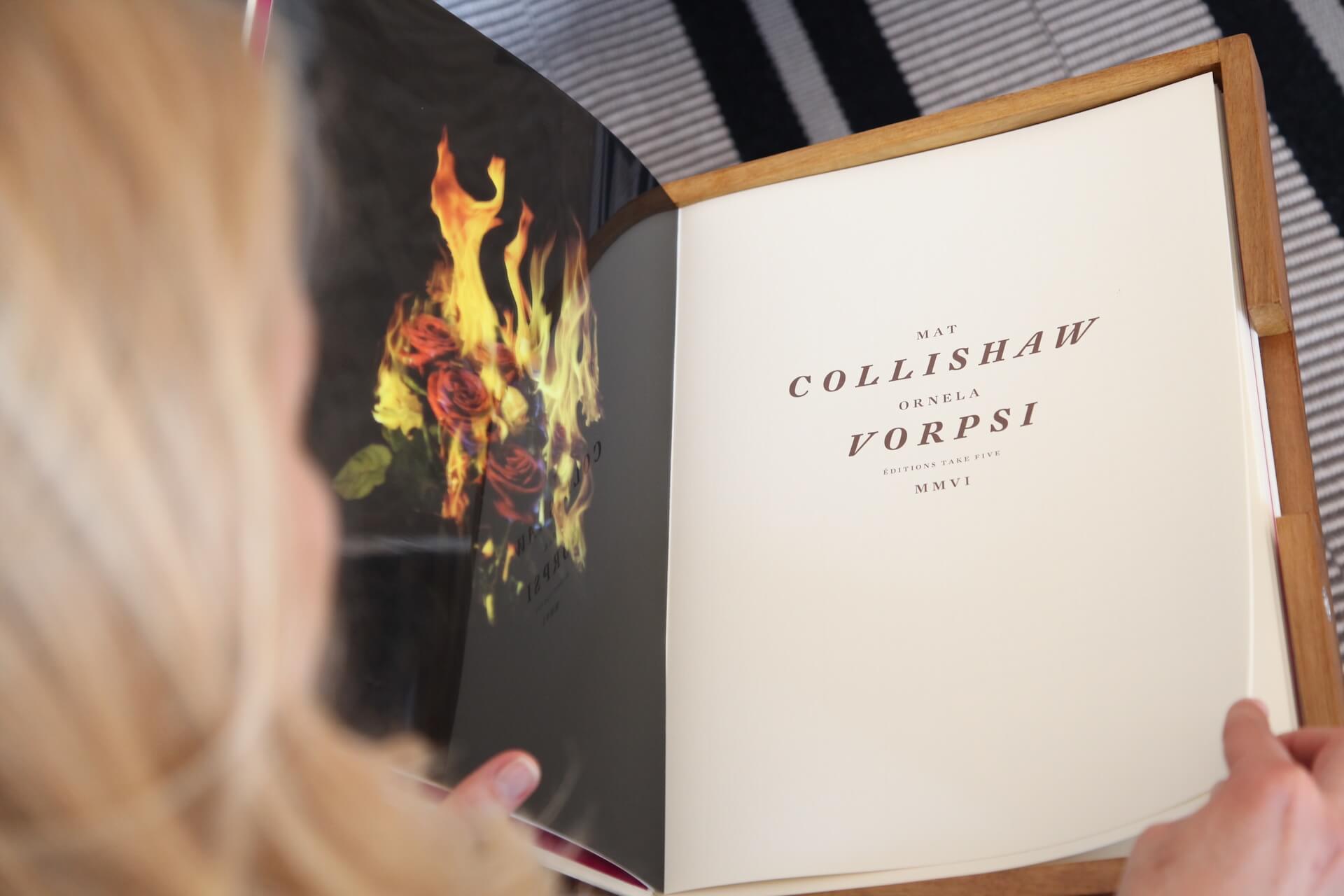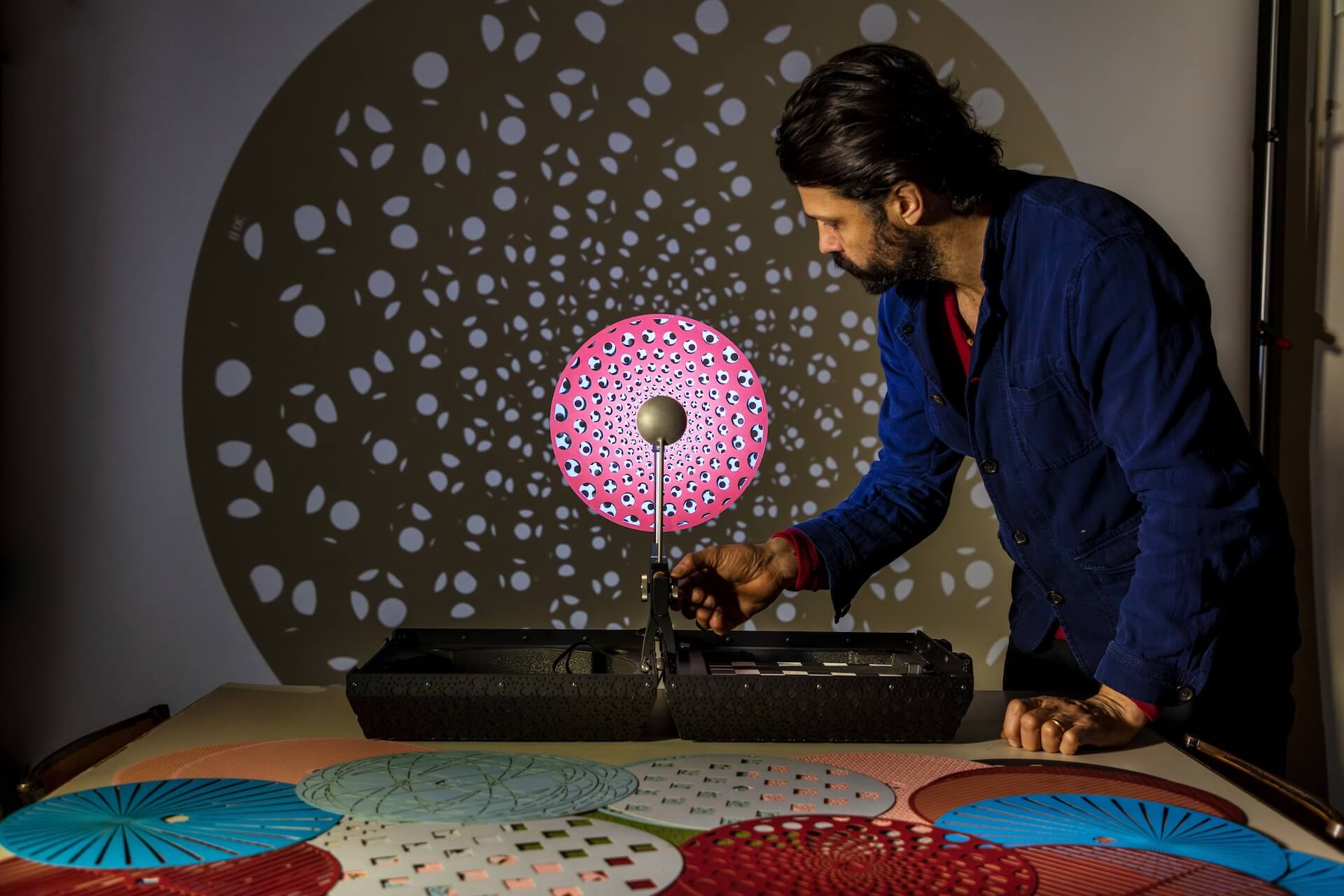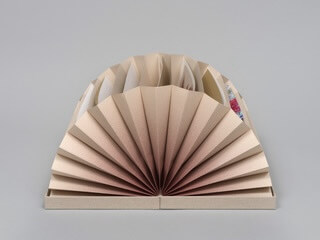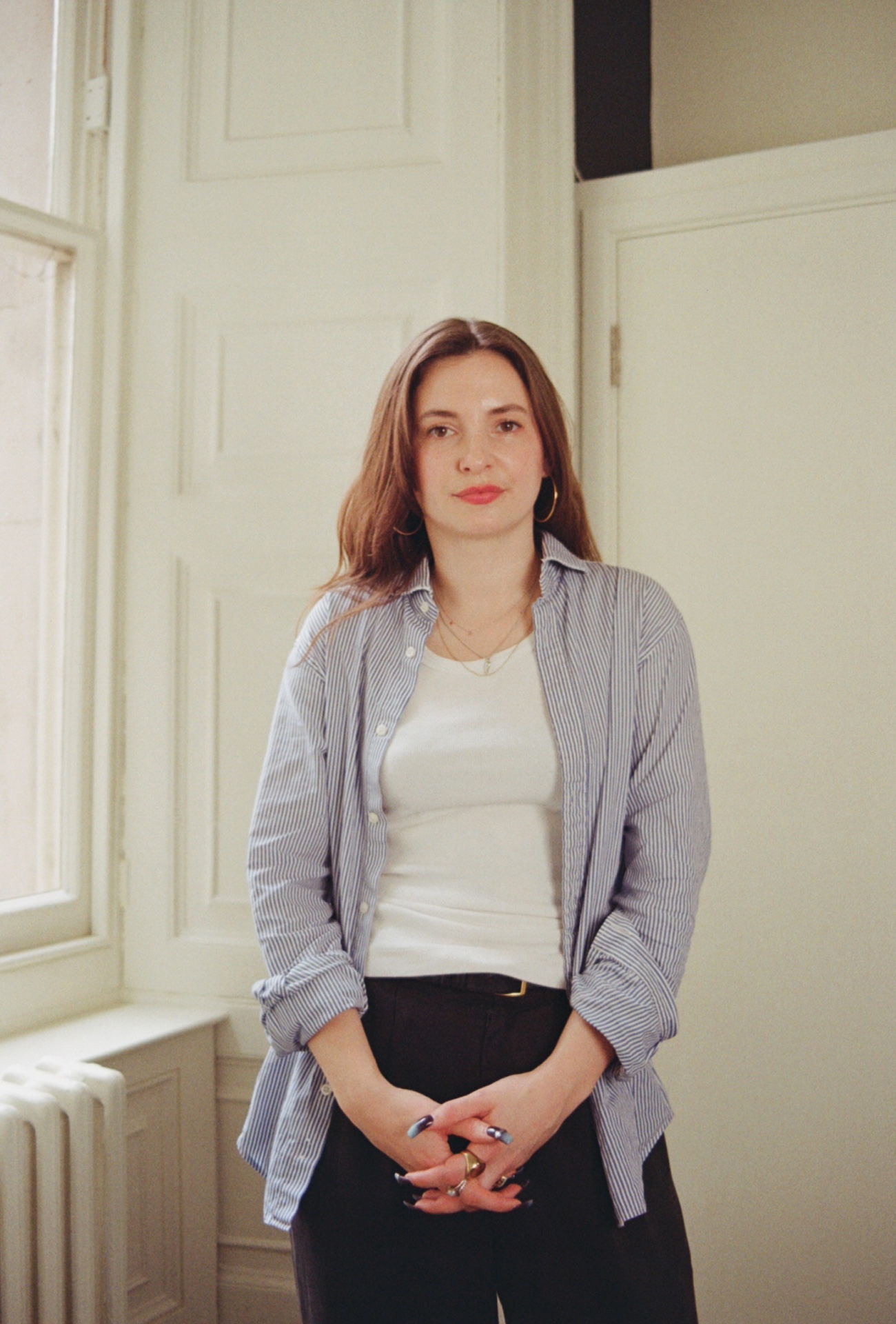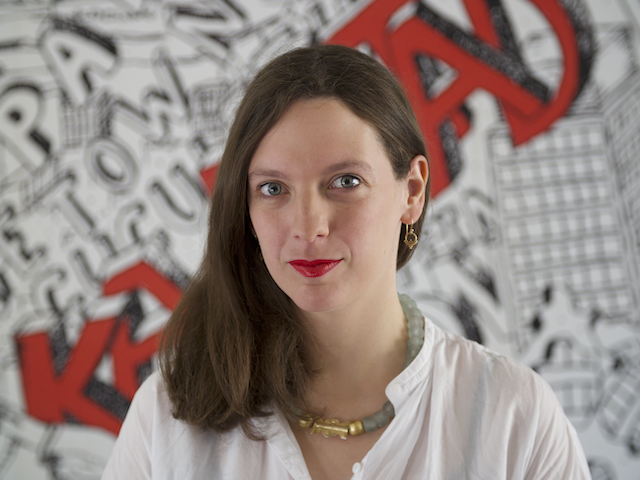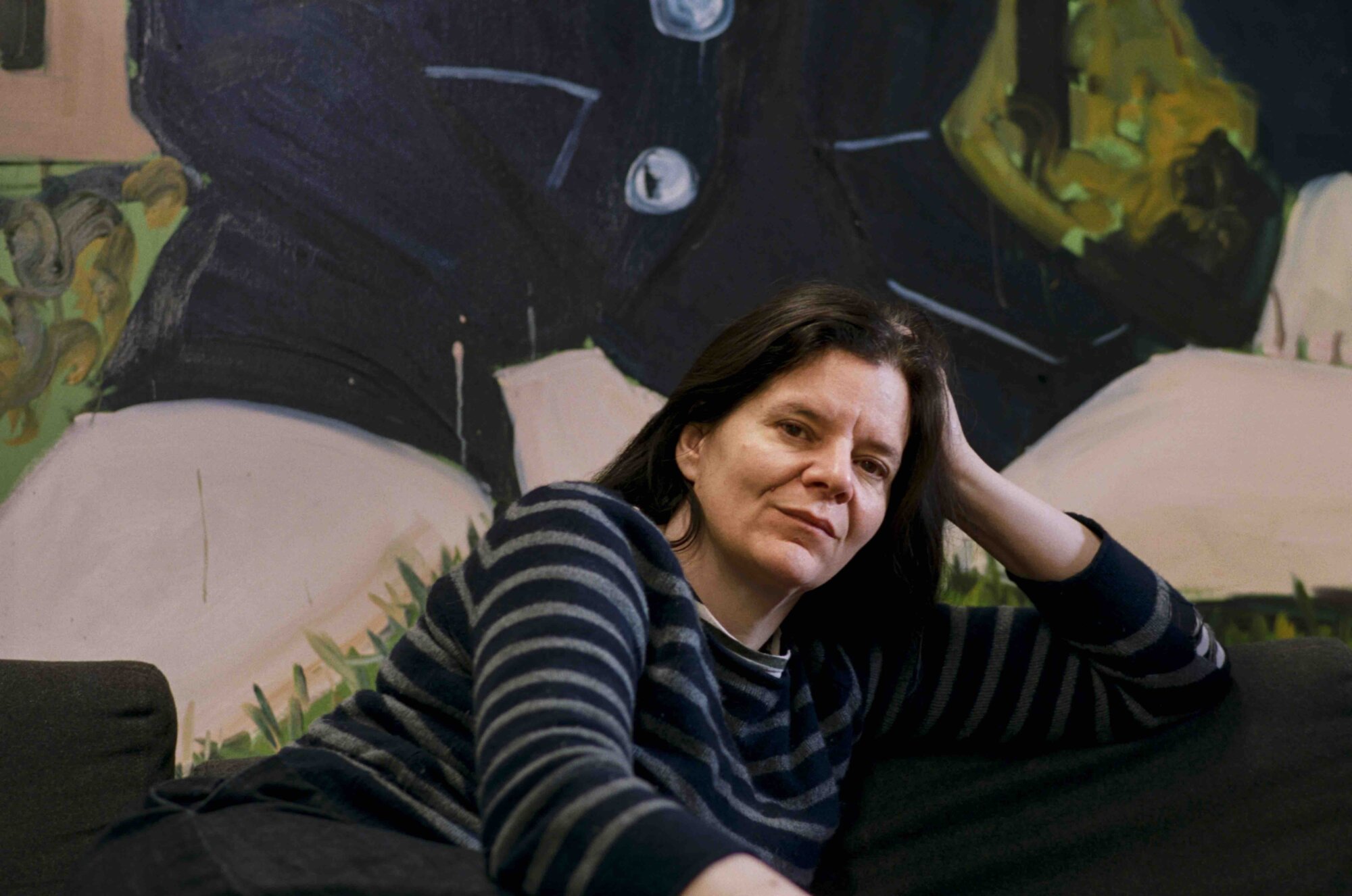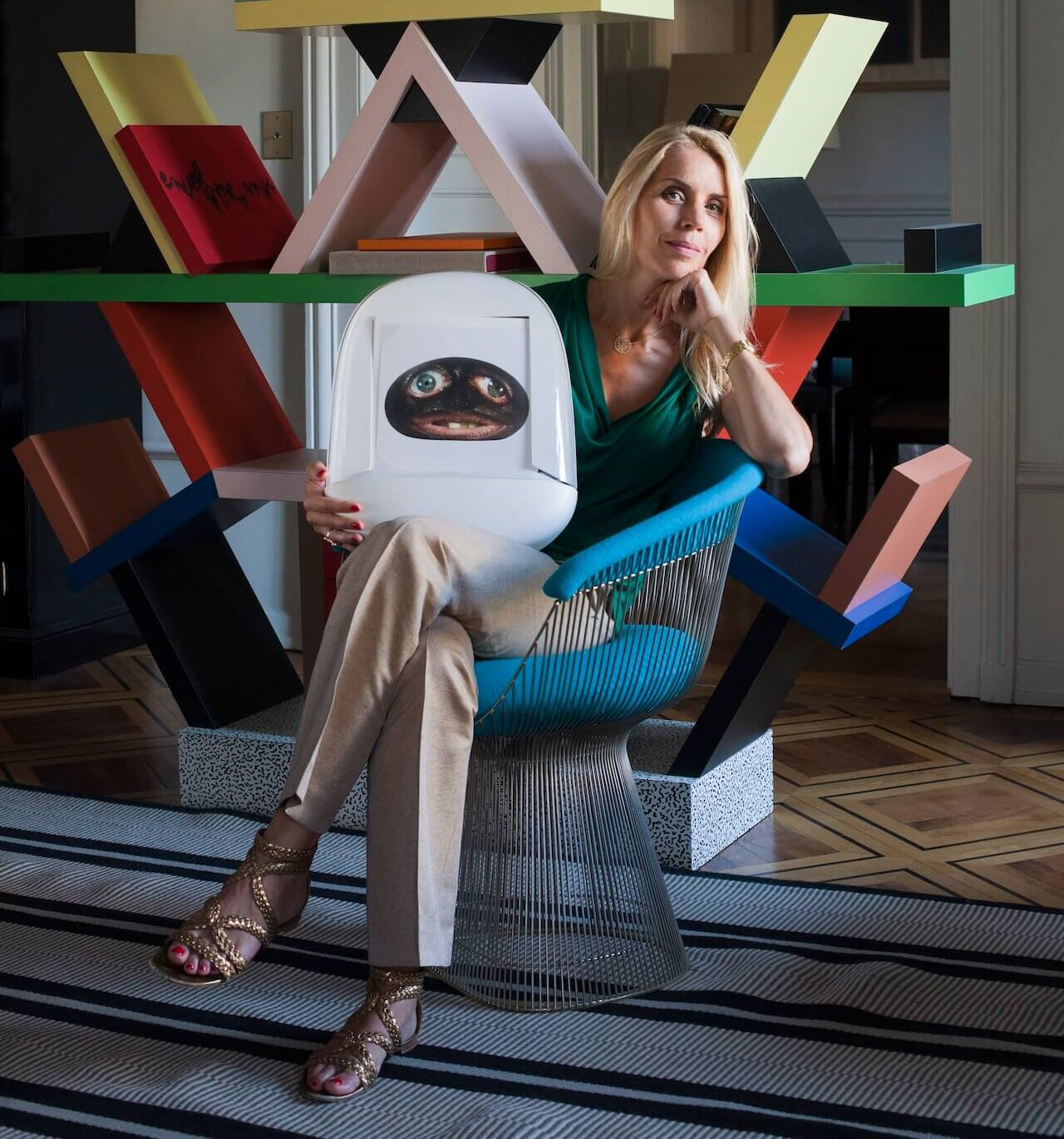

Interview: Éditions Take5 Founder, Céline Fribourg
THE WICK: Talk us through your typical Monday.
Céline Fribourg:
Mondays set the rhythm of the week, yet the art of shaping books and ideas is so deeply woven into daily life that it becomes a continuous immersion in a world of exploration. Éditions Take5 was founded with the ideal of transcending boundaries and fostering dialogue—between the humanities and the sciences, theory and practice, tradition and innovation – through the creation of artist’s books. As a not-for-profit endeavour, it is dedicated to cultivating interdisciplinary and multicultural dialogue among contemporary artists, writers, scientists, and designers. Each book opens a space where diverse voices unfold freely, giving rise to a surprising collective creation.
My role is not operational in the traditional sense; once collaborations are engaged, it is the artists, writers, and scientists who create, each voice weaving into a shared harmony. Through attentive observation – of imagery, language, and materiality – I only accompany these creators, nurturing a process that invites new pathways of thought and expression.
TW: You are the Founder of Take5 publishing house, which crafts artists’ books that are more like artworks. What inspired you to explore the artists’ book as a medium, and why are artists’ books important?
CF:
As the founder of Éditions Take5, I was drawn to the artist’s book because it inhabits a unique space – between the intimate and the expansive, the tactile and the conceptual. Unlike artworks confined to walls or rooms, an artist’s book is held, turned, and experienced sequentially, creating a profound, personal engagement.
Each project is conceived as a total artwork – intimate universes that foster new ways of thinking and encourage interdisciplinary dialogue between visual art, literature, and science. The collaborative, choral process is essential: it often allows artists to discover new dimensions of their work through the encounter between image, word, and material.
The reader becomes an engaged participant, activating the book through touch, vision, and contemplation. The sculptural presence of each book forms a threshold – inviting imagination and reflection. Through the sensuous interplay of materials, printing techniques, and ideas, each book offers a rare intellectual, affective, and sensorial experience.
TW: Having brought together artists, writers, designers, and scientists in unique collaborations, what have you learnt about how these different fields can come together creatively and what is the most unique cross cultural collaboration you have created?
CF:
Through bringing together artists, writers, scientists, and designers, I have learned that creativity thrives in the unexpected spaces between disciplines. Powerful ideas are born from the tension, dialogue, and interplay of diverse perspectives – expressions that could not emerge within the boundaries of a single field. Transdisciplinary dialogue is, for me, a commitment to listening, learning, and evolving through encounter.
A vivid example is The Book of Lightness of Forgetting, sparked by Shahzia Sikander’s question: can an image refuse fixity? This led me to engage a dialogue between Shahzia and neuroscientist Scott Small, whose research reframes forgetting not as failure, but as a necessary, even creative function of the brain – an idea that resonates profoundly with Sikander’s practice, which deconstructs and reconfigures cultural memory, iconography, and identity. Their exchange shaped a fan-shaped book of artworks and texts designed for non-linear reading, echoing memory’s associative flow. Studio Guberan created a silicone lattice bookcase evoking neural networks and cradling the book like a cranial shell. Together, they form a meditation on memory, metamorphosis, and the beauty of impermanence.
TW: If you could walk in someone else’s shoes for the day and master a different skill, who and what would it be and why?
CF:
If I could master a different skill, I would dream of engaging a collaboration between Take5 and a leading tech innovator, to create books that offer cultural, intellectual, and sensorial “remedies for melancholia”. Together we would design tailor-made works for specific emotional or psychological needs – immersive, reflective spaces where art, philosophy and sounds converge.
Blending creativity with technology, each book would become a personalised sanctuary, guiding the reader through a journey of contemplation, learning, healing and renewal. Biometric technologies could measure the emotional resonance of each experience, transforming reading into an intimate, meditative act – where each page becomes not only an encounter with beauty, but a passage into culture, education, and the quiet expansion of the mind and spirit. In a world saturated by digital noise, books could reclaim a sacred role: sanctuaries for reflection, catalysts for inner transformation, and bridges to a deeper, more conscious way of being.
“Powerful ideas are born from the tension, dialogue, and interplay of diverse perspectives—expressions that could not emerge within the boundaries of a single field.”
